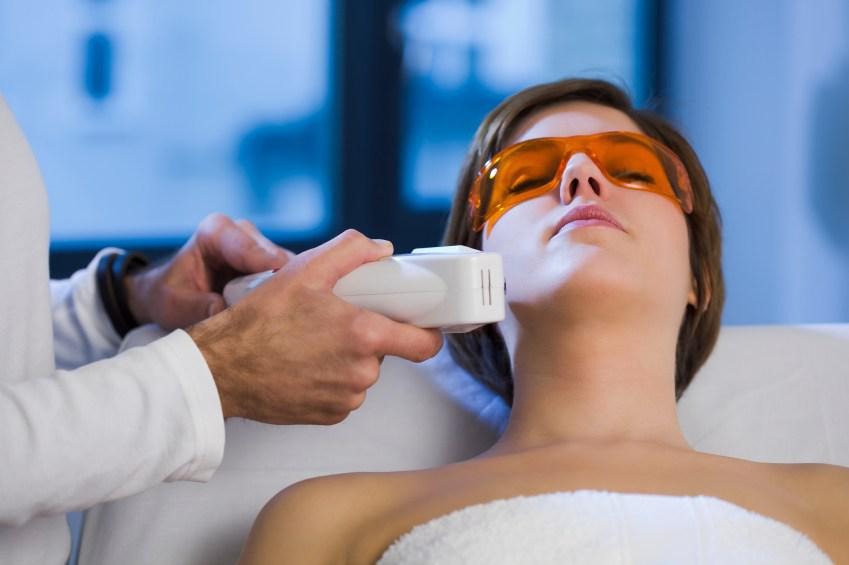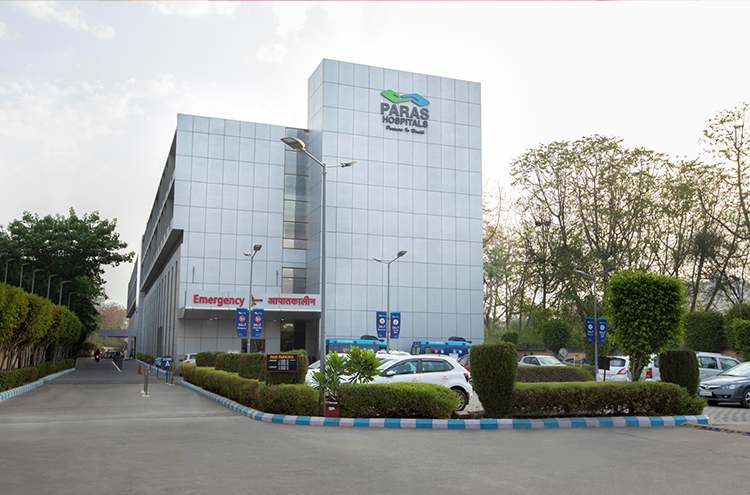Before you opt for laser skin resurfacing, it is good to find a board-certified dermatologist or plastic surgeon. The majority of complications are caused by unprofessional practitioners, such as weekend-long laser courses or weekend-long attendees. To find the right professional, there are several things to consider. A dermatologist should be certified by the board of plastic surgery. A board-certified dermatologist should have extensive training and experience in laser treatments.
Fractional CO2 laser resurfacing:
Fractional CO2 laser resurfacing is a safe procedure, but it requires a skilled physician with a thorough understanding of the skin’s structure and physiology. You will need to take pre-treatment and post-treatment medications, which will ensure your comfort and healing. The doctor will then clean the treatment area and apply a local anesthetic, before proceeding to the actual procedure.
Pulsed-Dye lasers:
You may have heard of pulsed-dye lasers for skin resurfacing, but you’re probably not sure exactly what they are and how they work. This type of laser uses intense light pulses to remove dead skin cells. They are safe enough for even young children and adults to undergo. There are many benefits to using pulsed-dye laser treatments, and this article will discuss some of them.
After undergoing a pulsed dye laser treatment, you may experience initial skin redness, swelling, or tenderness. Most patients experience only mild side effects, including slight swelling and bruising that fades within a day or two. You should avoid sun exposure for several days following your treatment. However, if you’re concerned about side effects, you can apply ice to the area before going outside.
Non-ablative laser resurfacing:
The benefits of non-ablative laser skin resurfacing far outweigh their downsides. The procedure is not painful, and there are few possible side effects. Unlike ablative lasers, non-ablative lasers require multiple sessions. Because they are non-invasive, laser skin resurfacing treatments are excellent for many people. Generally, the downtime is short, and recovery is easy. The procedure usually takes between 30 and 120 minutes.
IPL laser resurfacing:
If you are interested in IPL laser resurfacing, you need to understand a few things before your treatment. First, you need to know the risks and side effects of this treatment. There is a slight risk of bleeding. You should also avoid wearing cosmetics the day of the treatment, as the procedure may increase skin sensitivity. The procedure typically takes between 15 and 30 minutes, and you will need several treatments to see desired results.



